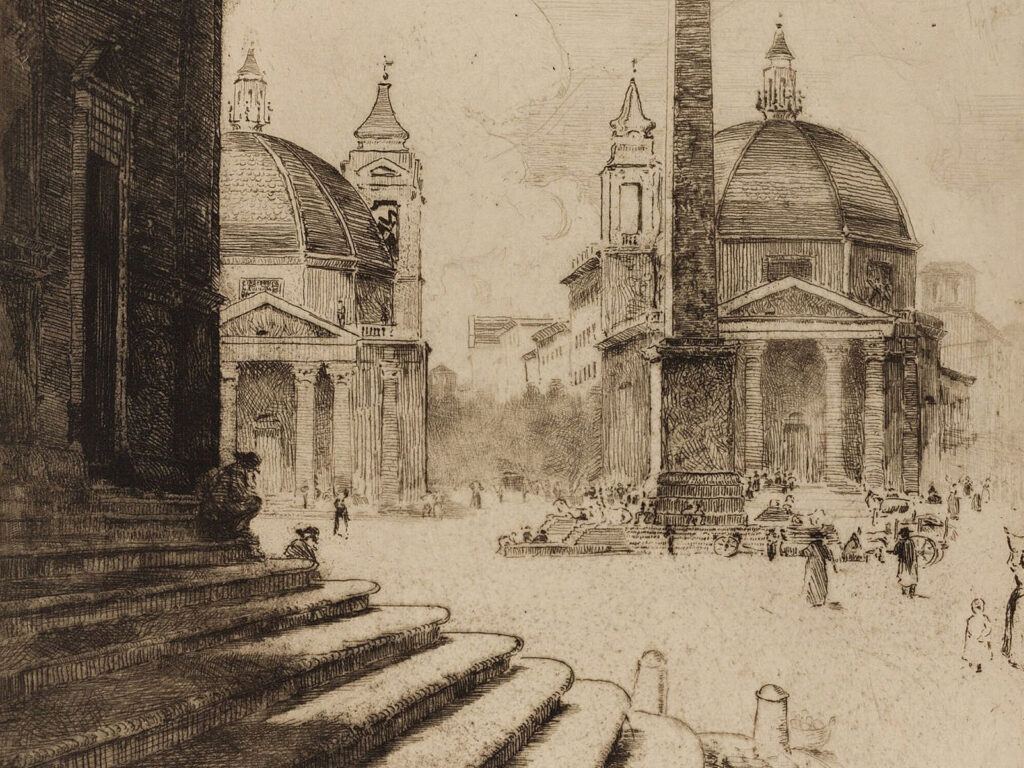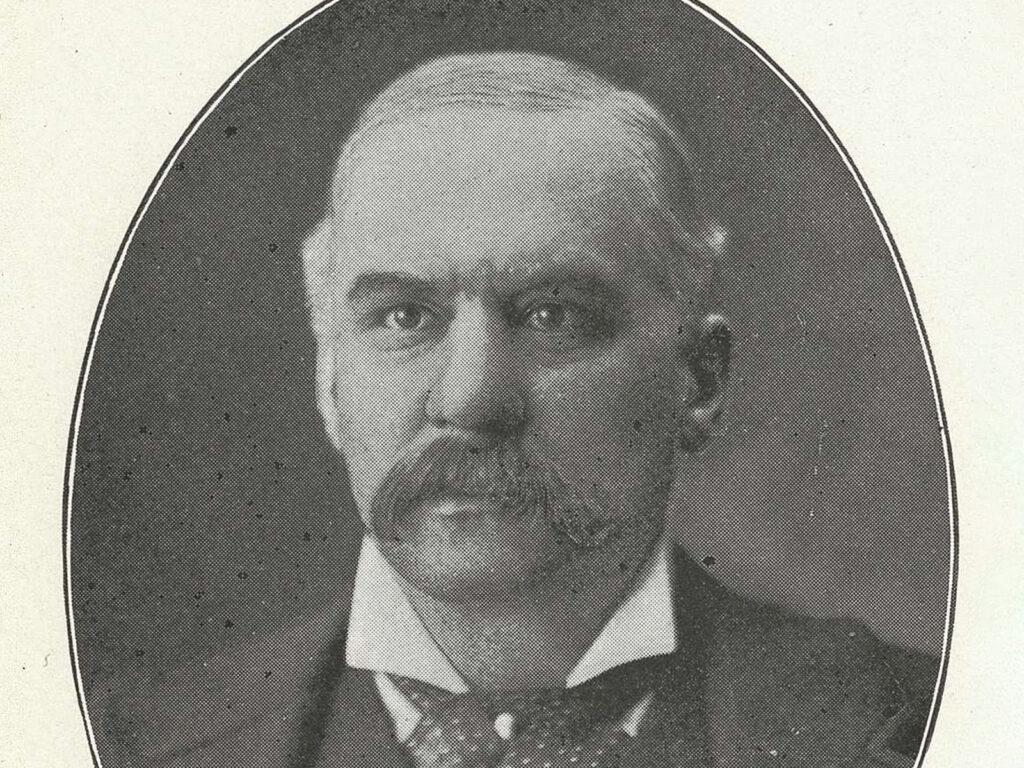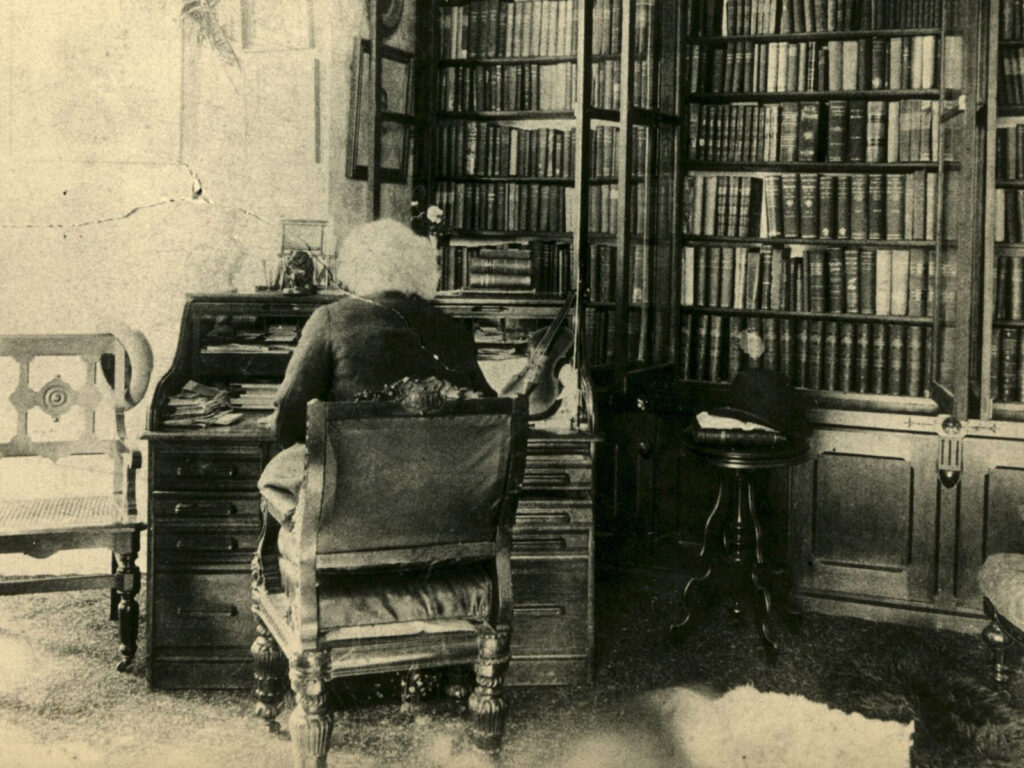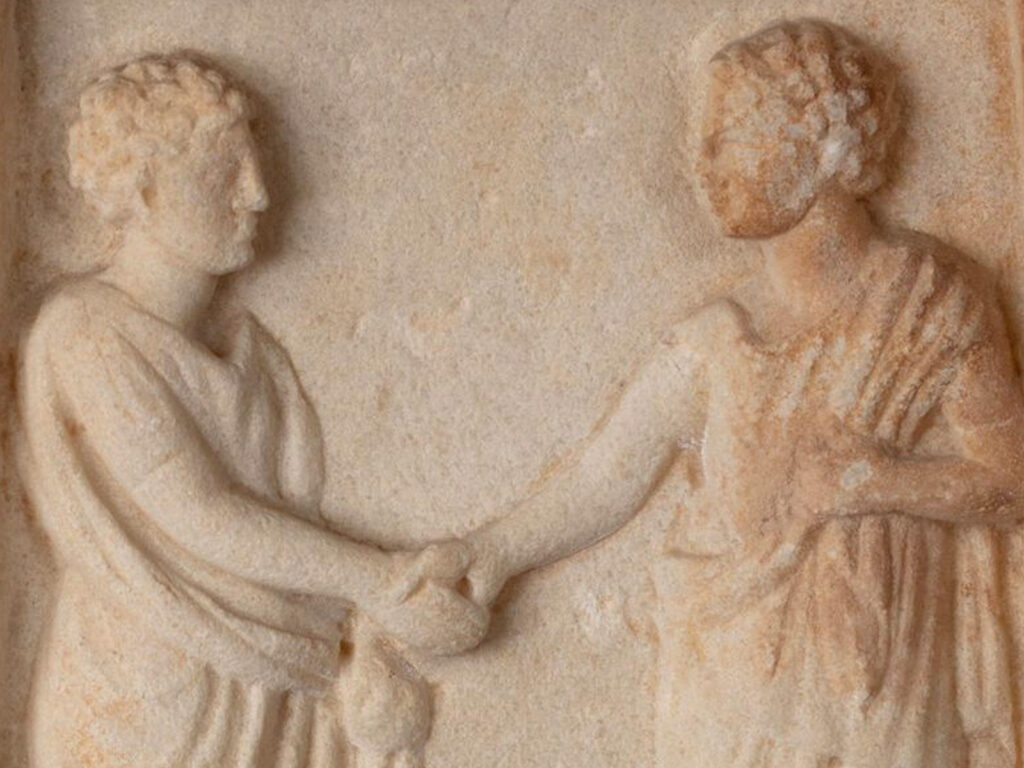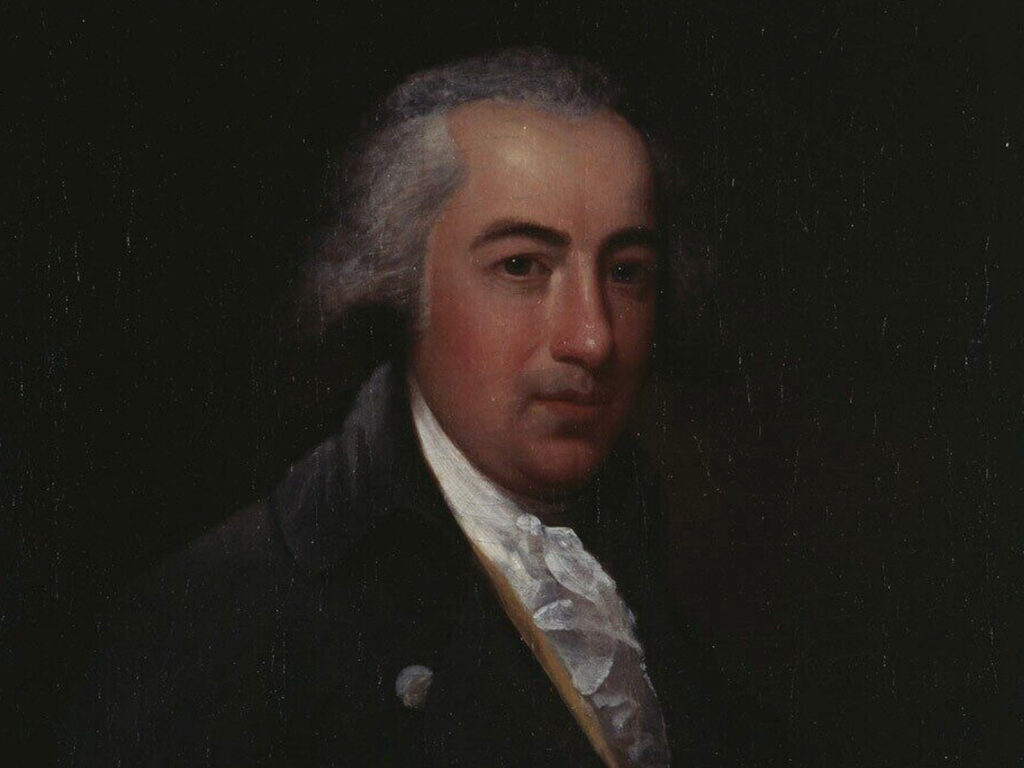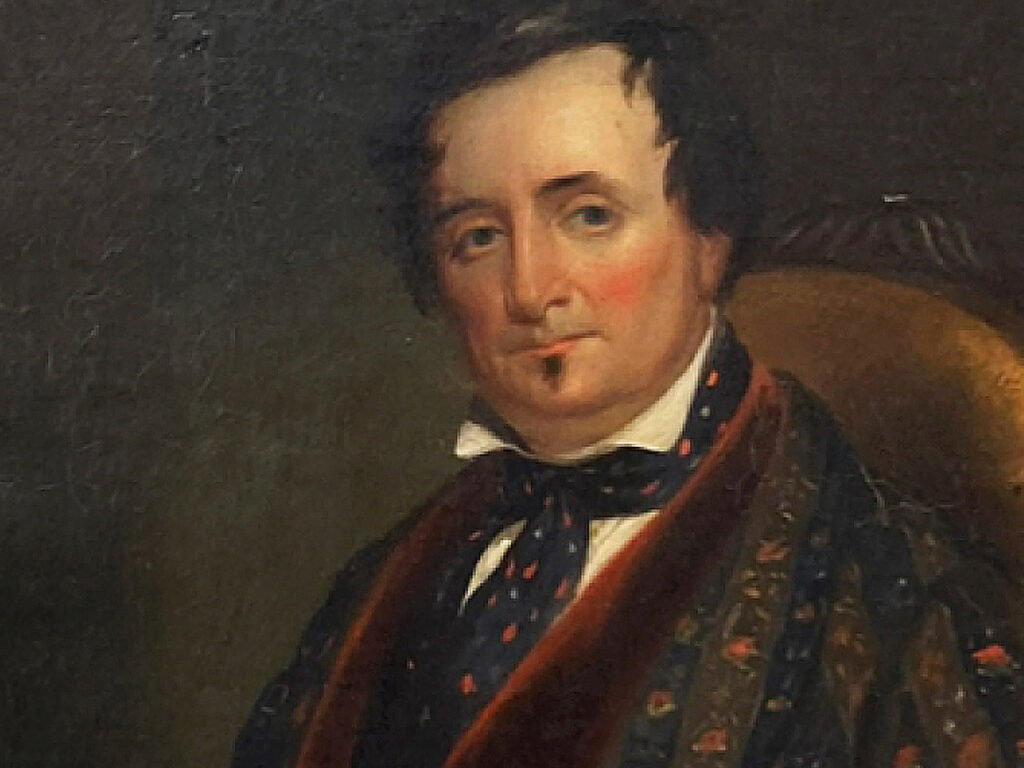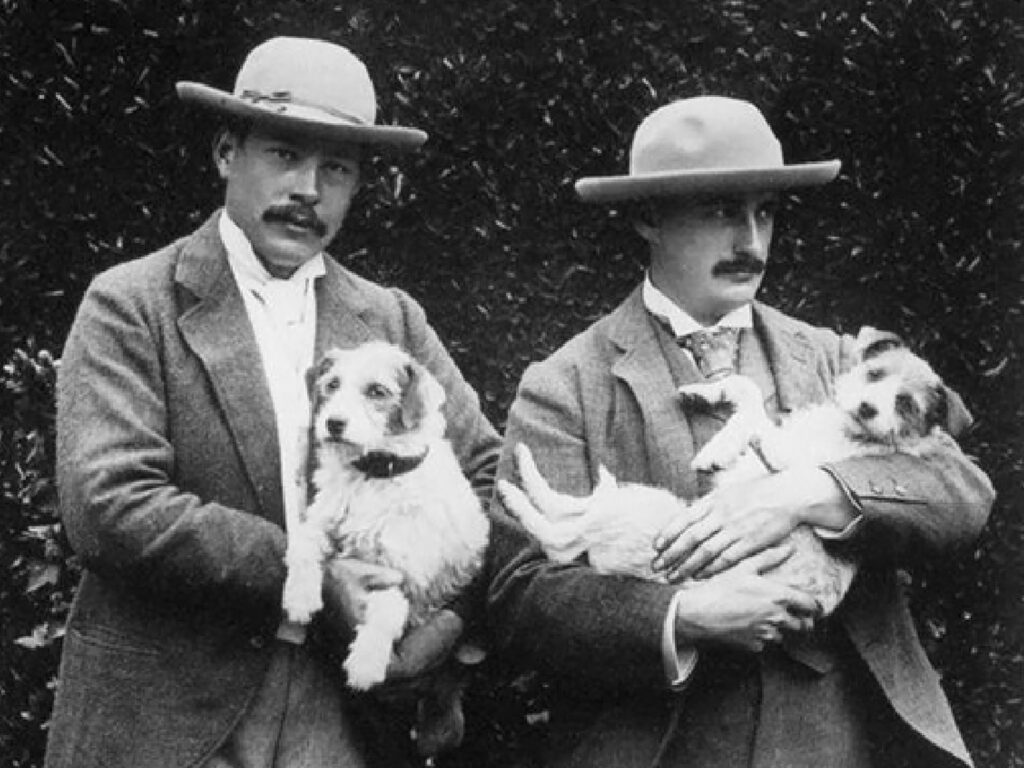In the summer of 1878, just after Reconstruction came to its formal end, Charles Chesnutt read Homer’s Iliad. Chesnutt was twenty years old at the time, newly married and working as assistant principal of the State Colored Normal School in Fayetteville, North Carolina. Chesnutt read this work independently and in snatches of free time; the response he describes is complex and conflicted. He was fascinated that Homer’s Achilles could call a council on the all-powerful Agamemnon and “accuse him of avarice, cowardice, and selfishness without fear of punishment”—and equally struck by Homer’s ability to draw from nature to understand the complexity of human emotion and depict the gods’ arbitrary use of their power. Chesnutt’s August 13, 1878, entry on the Iliad is the longest in his “Notebook and Journal,” amounting to roughly one-third of the manuscript. The role classical texts of ancient Rome and Greece played in Chesnutt’s literary career has recently become a focus of American literary criticism. His reading of Homer reveals the importance of the classical epic to the development of his own literary craft as well as his position on the race problem of his time. Chesnutt’s interpretation of Homer’s Iliad is a response to the events of the post Reconstruction era—and a contribution to the era’s literature.
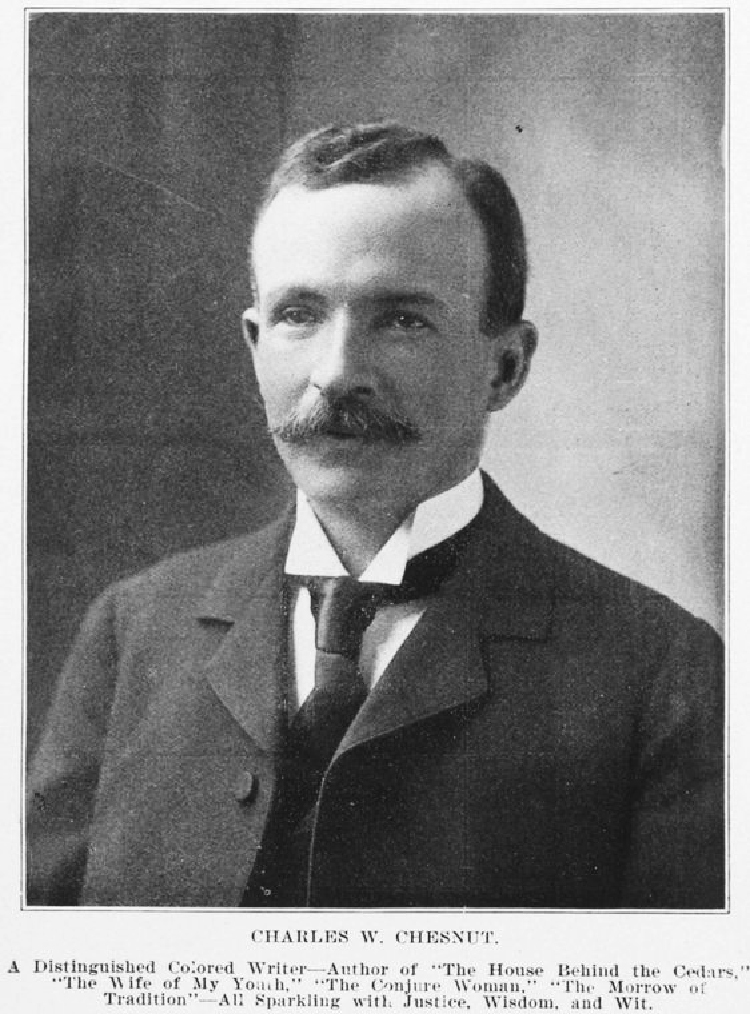
Photograph of Charles W. Chesnutt. From M. W. Gibbs, Shadow and Light: an Autobiography with Reminiscences of the Last and Present Century, (Washington, DC, 1902).
Chesnutt, Longfellow, and the Classics
Tess ChakkalakalPhotograph of Charles W. Chesnutt. From M. W. Gibbs, Shadow and Light: an Autobiography with Reminiscences of the Last and Present Century, (Washington, DC, 1902).
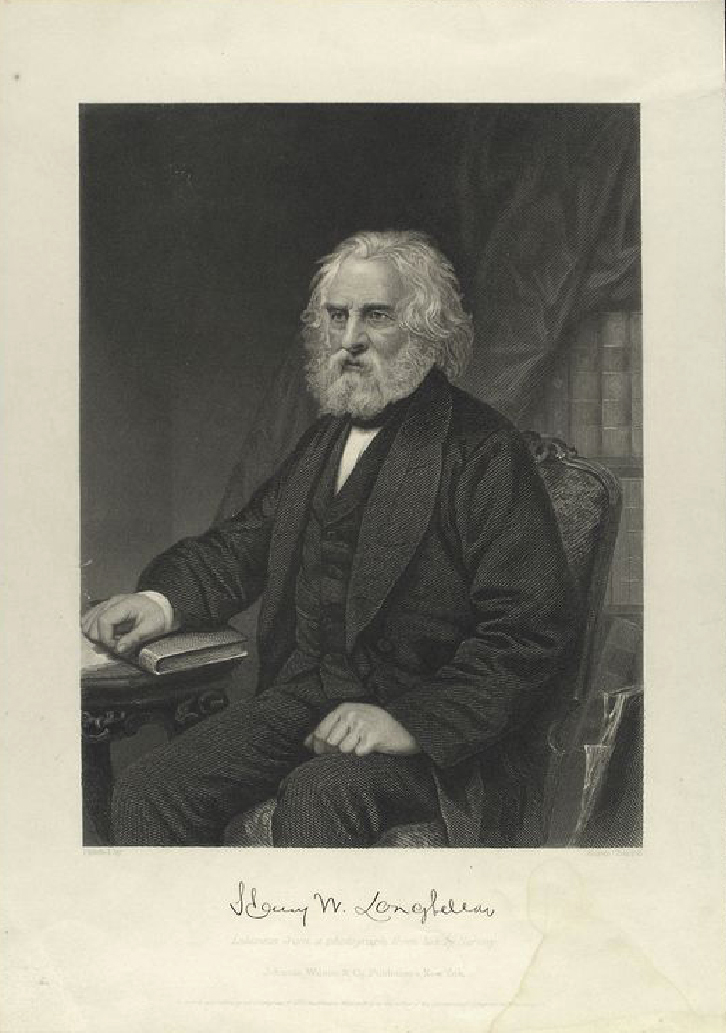
Autograph and drawing of Henry Longfellow. Henry W. and Albert A. Berg Collection of English and American Literature, The New York Public Library. “Henry W. Longfellow (autograph sign)” New York Public Library Digital Collections. Accessed March 17, 2022. link
Like several African American authors before him, reading a translation of the Iliad gave Chesnutt a way of entering into the literate world of the educated elite without leaving behind the semi-literate Black community of the post-slavery South wherein he lived and worked. But Chesnutt’s reading of the classics was spurred, at least in part, by his engagement with the writing of fellow Americans, such as the more familiar and popular poetry of Henry Wadsworth Longfellow (1807–1882), Class of 1825. Though Longfellow is largely celebrated today for his rendering of American historical figures such as Miles Standish, John Alden, Priscilla Mullins Alden and, of course, Paul Revere, he also translated and championed the work of Dante Alighieri and, in poems such as “Kerámos,” integrated Homeric figures into his own rendering of American life.
Chesnutt began reading Homer the same year Henry Wadsworth Longfellow published Kerámos and Other Poems. Like most nineteenth-century readers, Chesnutt was familiar with Longfellow’s poems. He copied several lines from “The Song of Hiawatha” into his journals and later incorporated lines from “A Psalm of Life,” perhaps Longfellow’s best-known poem in his first published novel, The House Behind the Cedars (1900). Like Longfellow, Chesnutt was interested in the broad appeal of the ancient Greeks and Romans, particularly the Iliad, which helped Chesnutt make sense of the troubled world in which he lived and worked. Also like Longfellow, Chesnutt was a teacher, though his students differed from the white elite gentlemen of Bowdoin and Harvard Colleges where Longfellow taught. Chesnutt’s students were the sons and daughters of formerly enslaved people; they were barely literate, but eager to learn.
As a close reader of Longfellow’s work, Chesnutt shared with the older poet a commitment to the classics and to integrating them into the everyday lives of those without access to higher education: formerly enslaved people, the working classes, and women. In attending to this commitment, we begin to see connections between American authors that have for too long been considered separate.
Charles W. Chesnutt Papers, “Notebook and Journal,” Franklin Library at Fisk University, Box 13.
See Chakkalakal, Tess. "On First Looking into Charles Chesnutt’s Homer." J19: The Journal of Nineteenth-Century Americanists 7, no. 2 (2019): 301–327. doi:10.1353/jnc.2019.0022.
